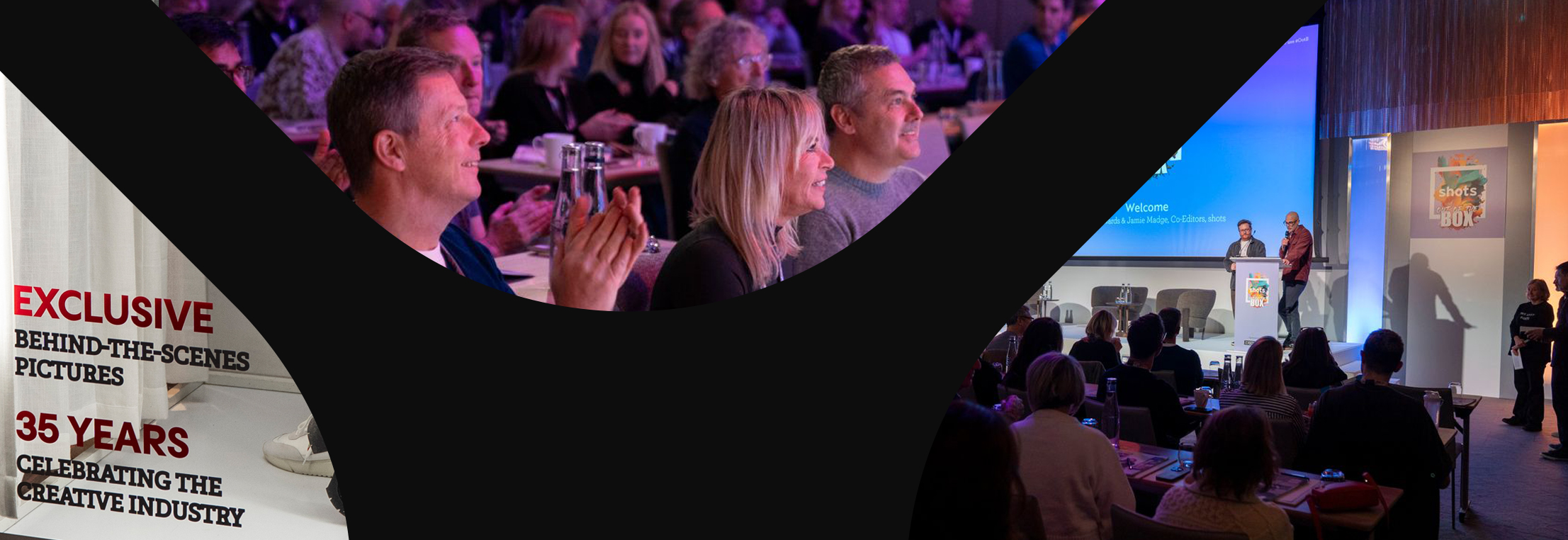Getting the Attention of Gen Z
Generation Z spans a fairly wide swath of the population, comprising kids, teens and young adults born between 1997 and 2012. This is also the most racially, ethnically and sexually diverse demographic to date. Those factors influence their purchasing preferences, which is important because Gen Z already commands great buying power that is only expected to grow. On their own and despite relatively young ages, they spent $34 billion in 2020 and influenced another $600 billion in household spending. So what brands do they love and how can marketers win their hearts? Here’s what you need to know.Get Smart About Going DigitalIt’s no secret that Gen Zers are digital natives, but not all platforms rank equally when it comes to their preferred online options. New research from data group Measure Protocol reveals that social media usage is especially high among this cohort, with three networks getting the most monthly users: Snapchat (42 million), TikTok (37.3 million) and Instagram (33.3 million). What’s more, those platforms are expected to remain the most popular for the next four years, and the reach of each platform should continue to grow. Rounding out the group are Facebook, Pinterest, Twitter and Reddit.As brands increasingly turn to social platforms to connect with younger audiences, Sports Illustrated is expanding its long-standing print profile via a new partnership with Snapchat—widely considered Gen Z’s favorite. Case in point: Over 85 percent of Gen Z members watched at least one Snap Originals segment in the second half of last year. On November 5, Sports Illustrated debuted a Snap Originals series called “America’s Best Sports Videos,” marking the magazine’s first Snapchat foray. Each installment in the made-for-mobile series features user-generated sports footage, with episodes hosted by Sports Illustrated influencer Ashley Nicole Moss, who counts close to 48,000 Instagram followers.Digitally native brand Dr. Squatch is likewise being smart about reaching young consumers on the platforms where they spend the most time. The makers of organic soap and all-natural men’s grooming products spent $3.6 million on a series of TikTok ads that aired during the first eight months of 2021. “TikTok is unique because it has grown significantly, especially among younger users, and we want to talk to that audience in the right place with the right content,” said CMO Josh Friedman. “We invest heavily in reaching new customers through social media advertising.” Almost 48 percent of people ages 18 to 29 use TikTok, according to the Pew Research Center. Dr. Squatch has been rewarded for its efforts, as 10 to 15 percent of its new customer base can now be traced back to those ads. “Given the growth of the platform and our success to date, we expect TikTok to continue to be a bigger and bigger channel for us in future years,” said Friedman.Get RealAltruism and authenticity are essential when it comes to values Gen Z looks for in a brand. This group’s #BeYourself war cry is a rebellion against perfectly polished celebrity culture, extending to everything from messaging to imagery. According to 22-year-old Jake Bjorseth, founder of Gen Z marketing agency Trndsttrs that represents clients L’Oreal, McDonald’s and The North Face, among others, Gen Z responds favorably to advertising that shows diverse audiences speaking in a real way about humanitarian issues like climate change or social justice. “For brands to attract Gen Zers, it’s all about having genuine and forward-thinking values, incorporating that within the company’s identity and mission, and then standing by those values when inevitably challenging situations arise,” said Bryant Lin, co-founder of Gen Z-focused marketing firm NinetyEight.Clothing brand Chico’s is succeeding in this strategy without trying too hard—another key component when it comes to currying Gen Z’s favor. “We are getting a younger customer because we are focused on being true to our brand,” said Kimberly Grabel, SVP of marketing. Though most consumers associate Chico’s apparel with Generation X or baby boomers, a new slew of younger shoppers appreciate the durable nature of these garments, which makes them more sustainable. They’re also readily available in thrift stores like Goodwill, further speaking to climate-conscious Gen Z’s sensibilities. Chico’s net sales grew almost 59 percent in the second quarter of this year compared to the same period in 2020, increasing from $140 million to almost $220 million.Get Hip with Older FadsGen Z consumers have been dubbed this decade’s new trendsetters, displacing millennials of that title, and part of their current fashion fascination touches on styles that are a blast from the not-too-distant past. This is partly to be expected: research suggests that people tap into feelings of nostalgia during times of turmoil or uncertainty. For Gen Z, that translates to a love of Y2K trends defined by late ‘90s to mid-2000s fashion and entertainment, including bright clothes, straight-legged jeans, claw clips, Adam Sandler and Friends reruns. Wired earbuds as opposed to Bluetooth-enabled AirPods are also au courant again, spotted on trendsetters like model Bella Hadid and actress Lily-Rose Depp. Apart from being the preferred method for recording TikTok videos, corded headphones give off a cool, laidback vibe that stands in opposition to what Gen Z views as the “finance bro” style of cordless pods. Additional retro brands that are beloved by this demographic, according to new research from data group Comparably, include 7-Eleven, Nintendo, Lego Group and American Eagle Outfitters, among others.From utilizing the right social media channels, to communicating transparently and from the heart, to embracing aesthetics that call on certain older trends, marketers have means by which to grab Gen Z’s attention. And since this demographic became the largest generation in 2020, surpassing millennials and now comprising 32 percent of the global population, there’s arguably never been a better time for brands to woo Gen Z.



.jpg)
.jpg)